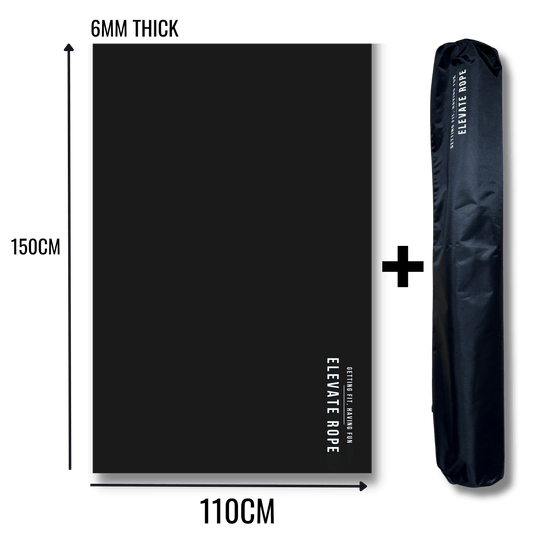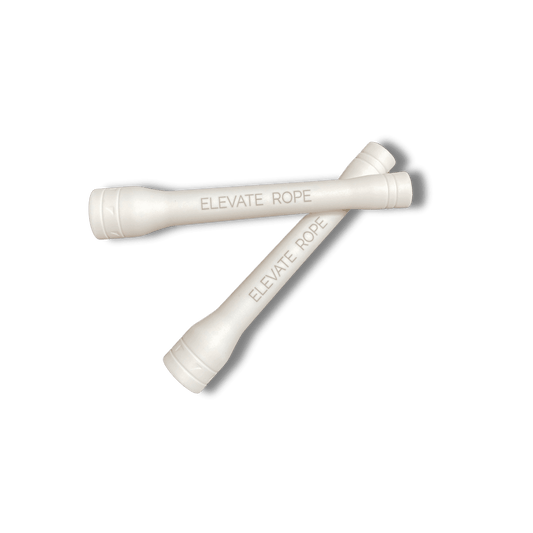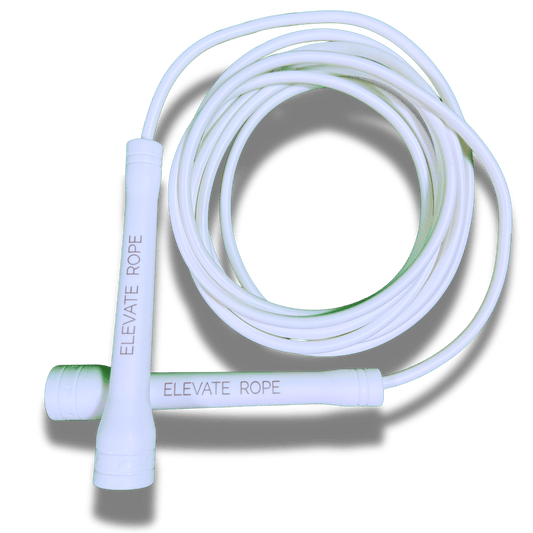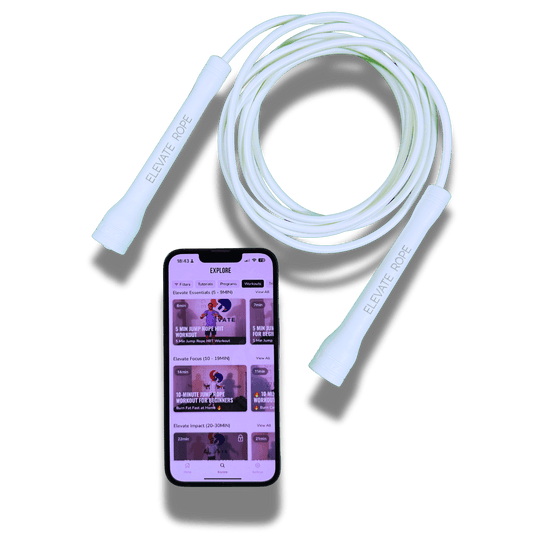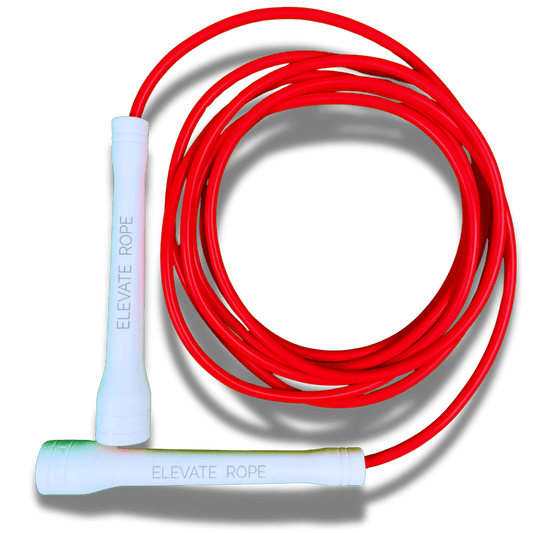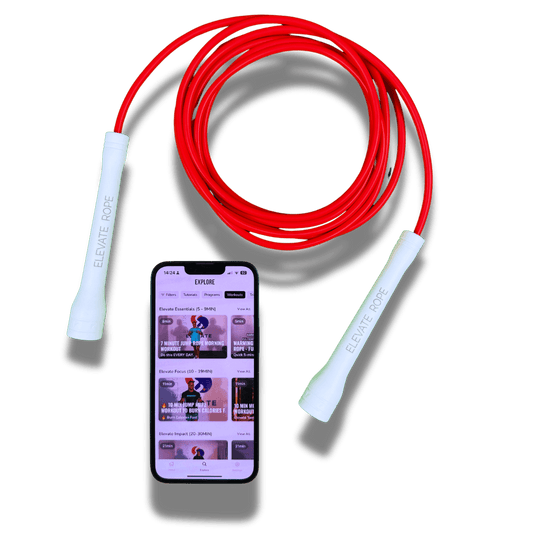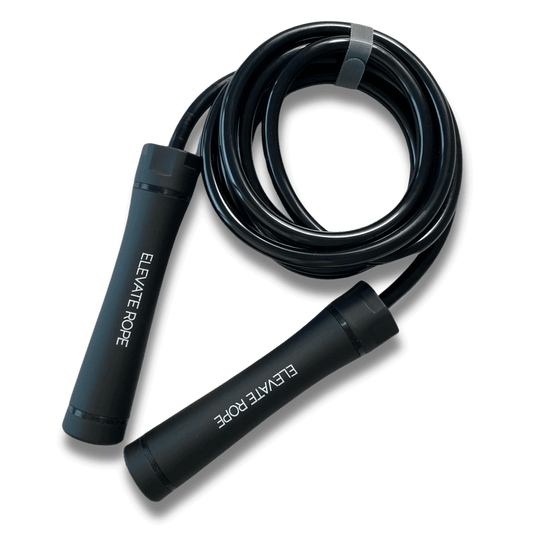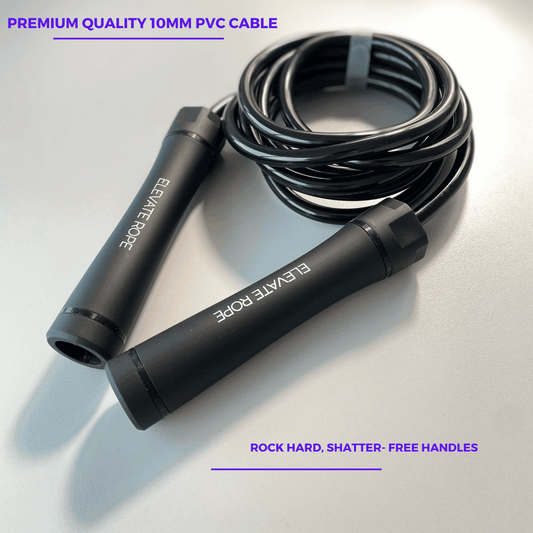Sport progress is always varying, but equipment always matters. Athletes may not realise that their gear is too small until they reach a level of competition where it holds them back. Making strategic upgrades is not tied to loving a brand or following the crowd; it’s because your techniques, fitness and skills are changing.
Golf: From Off-the-Shelf to Tailored Performance

Starting Out: Basic Sets with Forgiveness
Most new golfers start out using sets that give a lot of forgiveness. Oversize heads, flexible shafts and cavity-backed irons are common in these clubs which allow new players to practice the swing without hurting themselves when they miss. They are made to allow for both experimentation and balance.
Intermediate Phase: Targeted Replacements
When you become consistent, it becomes more obvious when your swing and club distances are not the same. Now, people start trying out irons or drivers that are more suitable for their current skills. Often, the most important factor is shaft stiffness and loft, so testing is frequently needed before buying. A golf launch monitor can also provide precise feedback on these variables, helping players make data-driven decisions.
Advanced Level: Fully Customised Fitting
Experienced golfers eventually graduate to custom-fitted clubs. Launch monitor data reveals precise ball flight, spin rates, and angle of attack. From this information, manufacturers tailor each component—from shaft length to lie angle—for optimised performance. At this level, every nuance counts.
Tennis: String Tension and Swing Speed

Entry-Level Rackets: Lightweight and Tolerant
Beginners in tennis tend to use larger-head rackets with lightweight frames. These models offer increased sweet spot coverage, reducing the impact of off-centre contact and encouraging longer rallies. Materials prioritise affordability and shock absorption.
Moving Up: Control-Focused Models
As timing and footwork sharpen, intermediate players often trade their beginner rackets for something tighter in string pattern and more rigid in feel. Heavier frames improve stability while enabling more precise shots—particularly at the net or during topspin exchanges.
Precision Tools for Advanced Players
Professionals and high-level competitors rely on rackets calibrated to their specific swing speeds and shot patterns. String tension is adjusted to within decimal points, often changed between matches depending on playing surface and climate. It’s a tailored approach built on detailed feedback.
Running: Footwear That Evolves With the Stride

Starting Fresh: Entry-Level Trainers
Novices often opt for general-purpose running shoes with high cushioning and modest support. These encourage steady pacing while accommodating unfamiliar impact levels. They’re forgiving, versatile, and designed to absorb initial missteps in form.
Gait Analysis and Shoe Rotation
After establishing a routine, runners typically undergo gait analysis. Foot strike, pronation, and stride length help determine shoe type—neutral, stability, or motion control. With mileage increasing, runners also begin rotating shoes to extend lifespan and adapt to different sessions (speed, recovery, trail).
Pro-Level Footwear: Specific, Structured, Strategic
Elite runners fine-tune footwear selection for every run. Lightweight carbon-plated race shoes for events, structured trainers for tempo work, and minimalist options for form drills all have a place in their kit. It’s a wardrobe, not a single solution.
Why Upgrades Make a Difference
Getting better gear is not only about spending more, but also about balancing your skills with the tools. If a workout is set up incorrectly, it may not allow you to improve, hide issues or increase the risk of injury. Realising when the transition is needed helps the athlete stay in charge of what happens.
Match the Gear to the Journey
Growth in sports comes from adapting, not just from doing the same thing over and over. If athletes are improving, their equipment should also improve. Keeping your equipment up to date allows you to perform as well as you are able to. No, the gear isn’t what defines an athlete, yet it does influence their future progress.
You May Also Like
2. How to Choose the Right Jump Rope Length for Your Height
3. Speed, Beaded, or Weighted? Find the Best Rope for Your Goals
4. PVC, Cable, or Beaded? How to Pick the Right Jump Rope Material
5. How to Adjust Your Jump Rope in 3 Easy Steps
